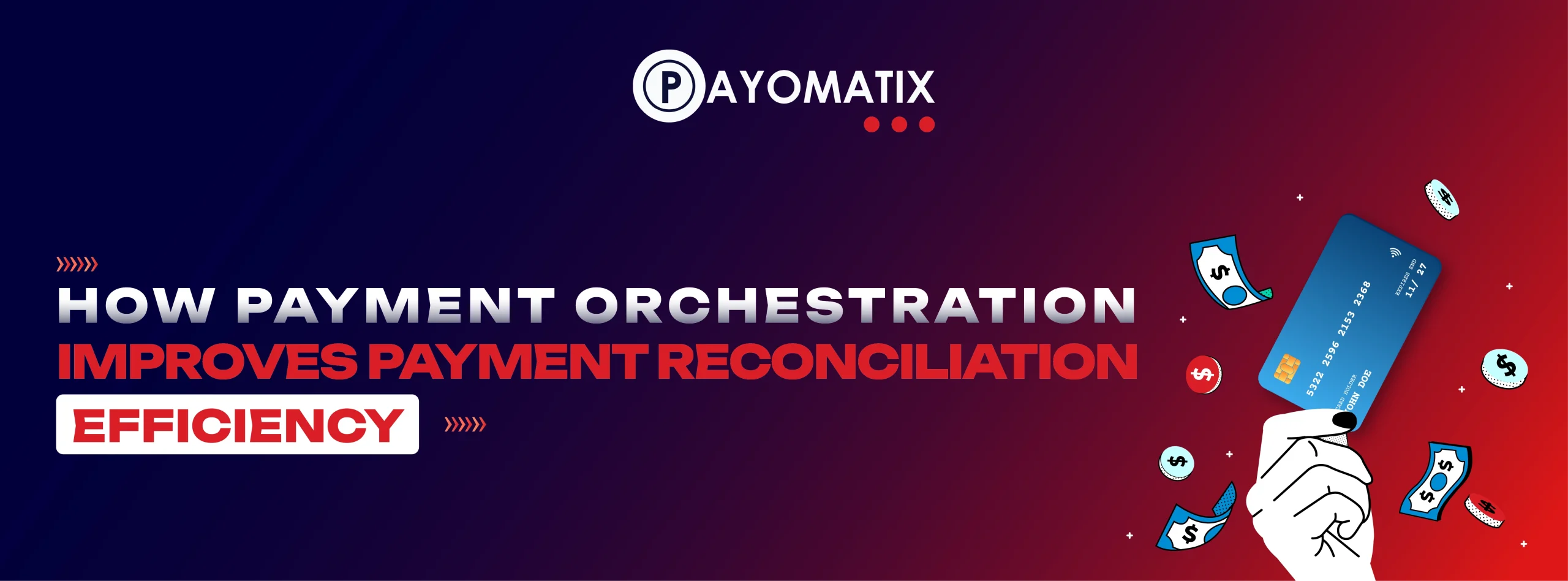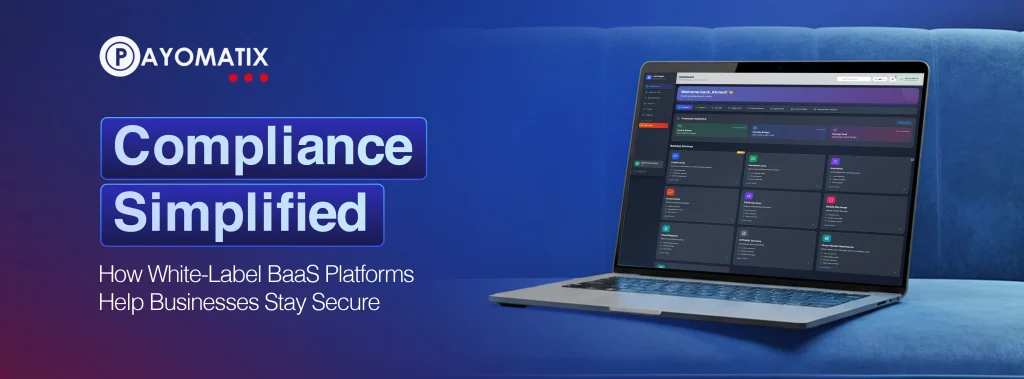Enter the game-changer: payment orchestration.
In this blog, we’ll explore how a robust Payment Orchestration Platform like Payomatix enhances Payment Reconciliation Efficiency through integrated payment systems, real-time insights, automation, and improved financial control.
What Is a Payment Orchestration Platform?
A Payment Orchestration Platform (POP) is a centralized layer that connects various payment gateways, methods, fraud prevention tools, and back-end financial systems. It manages the entire transaction flow—routing, processing, settlement, and reporting—while abstracting the technical complexity from the merchant.
Key Features:
- Multi-gateway routing
- Centralized transaction reporting
- API-driven integrations
- Fraud prevention and compliance management
By integrating all systems into a single orchestration layer, businesses gain end-to-end control over payments.
Understanding Payment Reconciliation Challenges
Payment reconciliation is the process of matching financial transactions recorded in internal systems with those reported by banks or payment processors. For growing businesses using multiple payment methods, this can get complicated fast.
Common challenges include:
- Mismatched data across providers
- Delayed settlement reports
- Manual data entry errors
- Inconsistent reporting formats
- Lack of real-time visibility
These issues delay month-end closings, impact cash flow, and reduce financial accuracy.
How Payment Orchestration Improves Reconciliation
Here’s how a payment orchestration platform revolutionizes the reconciliation process:
- Unified Transaction Reporting
With Payomatix’s orchestration layer, businesses can consolidate transaction data from all gateways into a centralized dashboard. This unified view simplifies the reconciliation process by eliminating fragmented reporting.
- Real-Time Data Sync
Payment orchestration platforms offer real-time sync between payment processors and internal financial systems. This ensures that finance teams always work with the most current data.
- Automated Matching & Flagging
Advanced orchestration platforms use automation and AI to match payments with invoices, flag discrepancies, and generate alerts for unresolved items. This significantly reduces manual effort.
- Seamless Integration with ERP & Accounting Tools
Payomatix integrates effortlessly with ERP systems and accounting software like QuickBooks, Zoho, or SAP, ensuring that payment data flows directly into your books without human error.
- Enhanced Security & Compliance
Integrated fraud detection and PCI-compliant workflows ensure that your reconciliation process is secure and adheres to global payment standards.
Section 4: Technical & Operational Efficiency with Payomatix
Payomatix goes beyond orchestration. Our platform delivers technical and operational efficiency across your entire payment infrastructure.
Our payment reconciliation services are part of our broader ecosystem of integrated payment systems. With Payomatix, you can:
- Access real-time transaction reports
- Reduce reconciliation time by up to 60%
- Minimize chargebacks and fraud risk
- Eliminate redundant integrations and data silos
Looking to streamline your finance operations?
Explore Payomatix’s Technical & Operational Efficiency services for Payment Gateway Integration and Reconciliation Solutions.
[Contact our team today for a free consultation.]
Benefits of Using Payment Orchestration for Reconciliation
Here are the major advantages businesses can unlock:
- Faster Month-End Closures
- Improved Cash Flow Management
- Higher Accuracy in Financial Reporting
- Reduced Operational Costs
- Better Customer Experience (fewer billing errors)
In high-volume industries like e-commerce, fintech, SaaS, and marketplaces, these benefits have a direct impact on profitability.
Real-World Use Case
Imagine an online marketplace processing payments via Stripe, Razorpay, and PayPal. Without orchestration, reconciliation is chaotic, time-consuming, and error-prone.
With Payomatix:
- All transactions from multiple gateways are unified
- Refunds and chargebacks are auto-mapped
- Reports are exported to the ERP in seconds
- Fraud risks are flagged in real-time
The result? A smoother financial workflow and greater confidence in financial reporting.
Getting Started with Payomatix
Integrating Payomatix’s payment orchestration platform is simple and scalable.
Steps:
- Book a demo with our solutions team
- Share your current payment architecture
- Receive a customized orchestration & reconciliation plan
- Integrate via our easy-to-use APIs
- Go live with full support from our onboarding specialists
Conclusion: Orchestrate Smarter, Reconcile Faster
In 2025, businesses cannot afford payment inefficiencies. With the right payment orchestration platform, reconciliation can move from being a bottleneck to a business advantage.
At Payomatix, we help businesses take control of their financial operations with cutting-edge orchestration and reconciliation tools.
Start your journey toward frictionless finance today.
Book your free consultation to explore Payomatix’s Payment Reconciliation Services.
FAQs
- What is a payment orchestration platform?
Answer: A payment orchestration platform is a central system that connects and manages multiple payment gateways, methods, and tools to streamline transactions and reporting. - How does payment orchestration help with reconciliation?
Answer: It unifies transaction data from all providers, automates matching, flags discrepancies, and syncs with accounting tools—making reconciliation faster and more accurate. - Why do startups and businesses need payment reconciliation services?
Answer: Payment reconciliation services reduce manual work, prevent errors, improve financial accuracy, and speed up month-end closings—critical for cash flow and reporting. - Can Payomatix integrate with accounting software?
Answer: Yes, Payomatix integrates seamlessly with ERP and accounting systems like QuickBooks, Zoho, and SAP to automate payment data entry and reporting. - How do I get started with Payomatix’s reconciliation platform?
Answer: You can start by booking a demo, sharing your current payment setup, and integrating Payomatix through easy-to-use APIs with full onboarding support.





